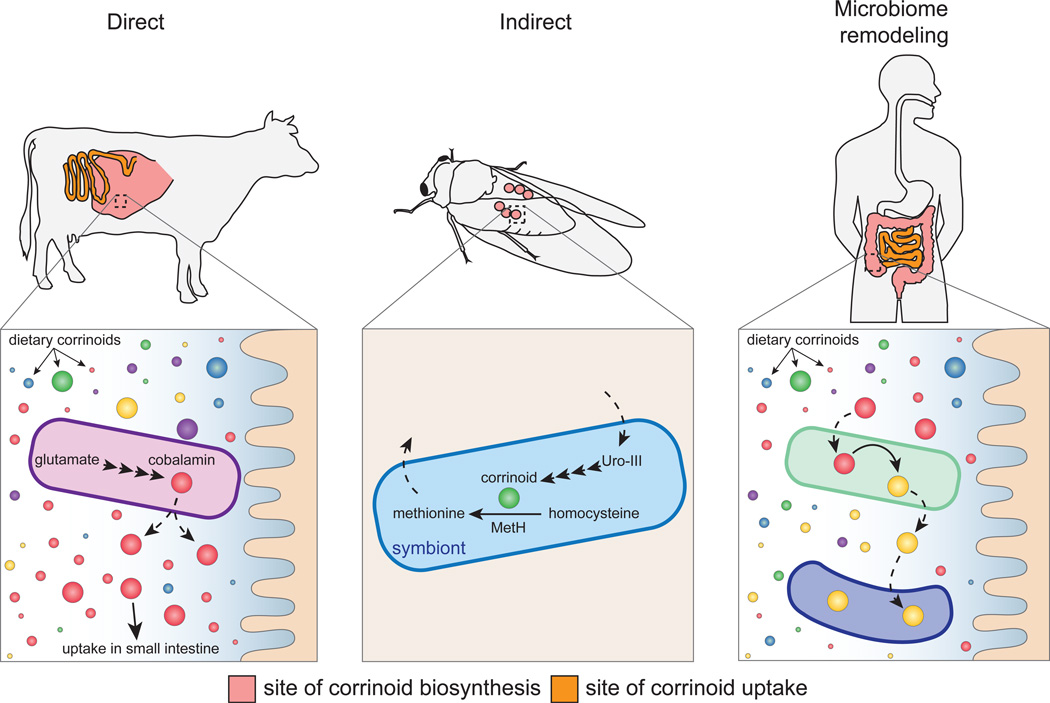Figure 2. Microbial corrinoid metabolism in the gut.
In coprophagic and ruminant animals, gut microbes provide a direct source of cobalamin (direct effect) (Girard et al., 2009). In insects, corrinoids are essential cofactors for obligate symbionts that provide key nutrients to the host (indirect effect) (McCutcheon et al., 2009). Competition and exchange of corrinoids likely shape gut microbial community composition and expressed functions in humans and other animals (microbiome remodeling) (Allen and Stabler, 2008; Goodman et al., 2011; Seth and Taga, 2014).

